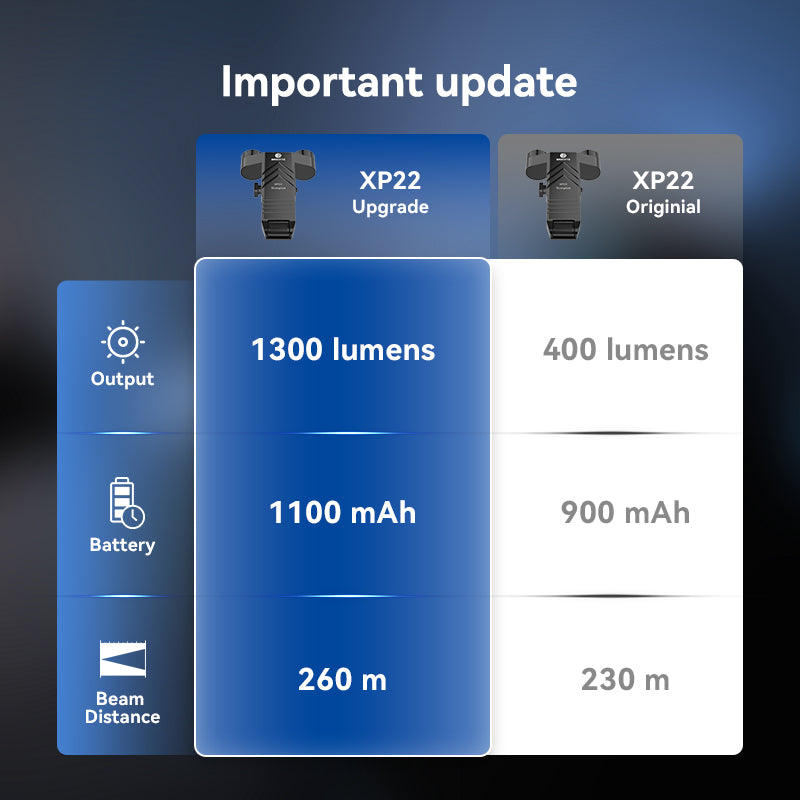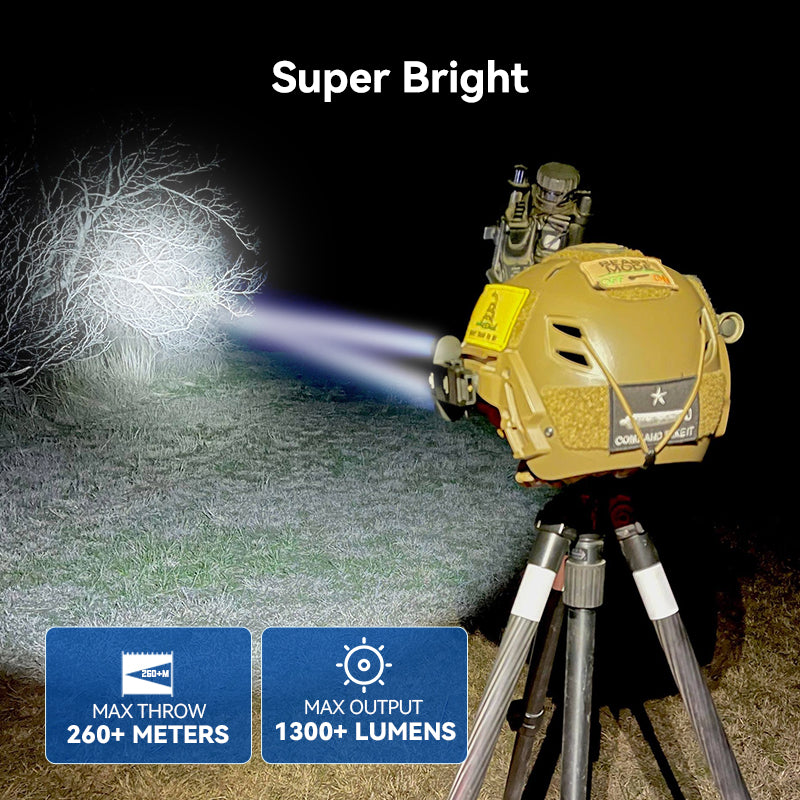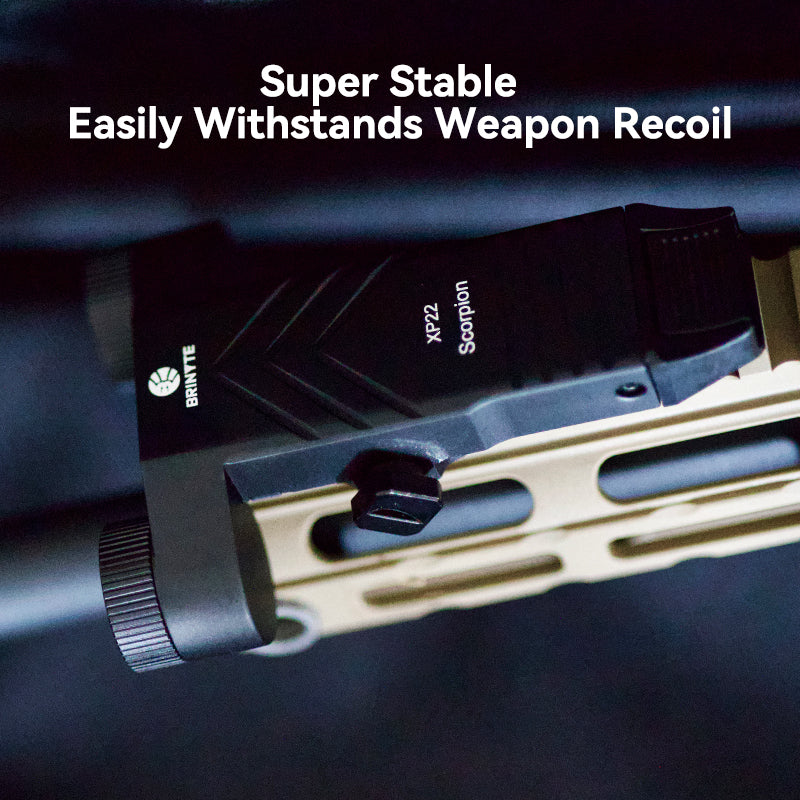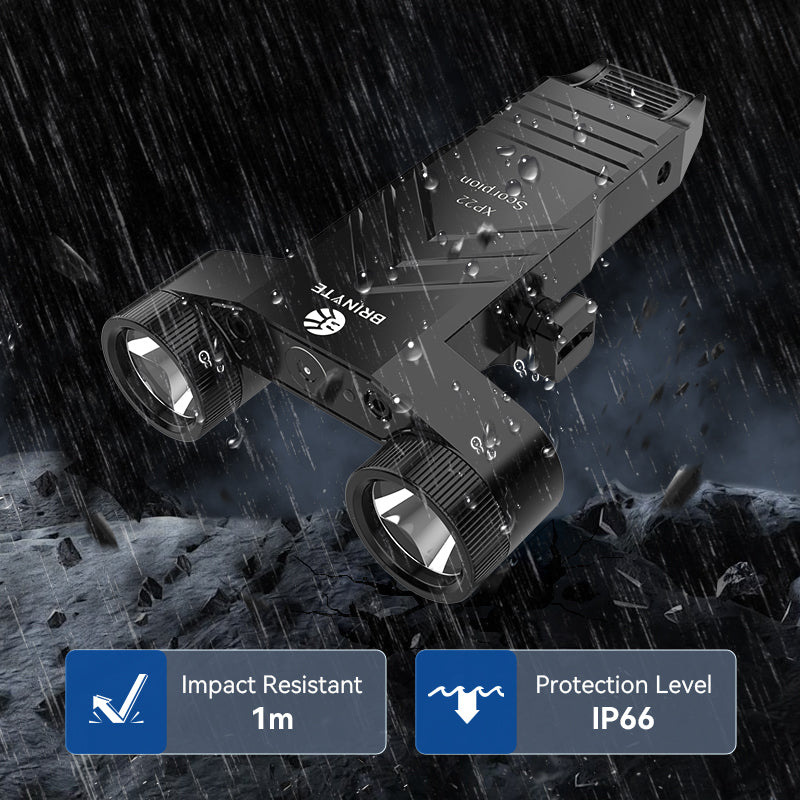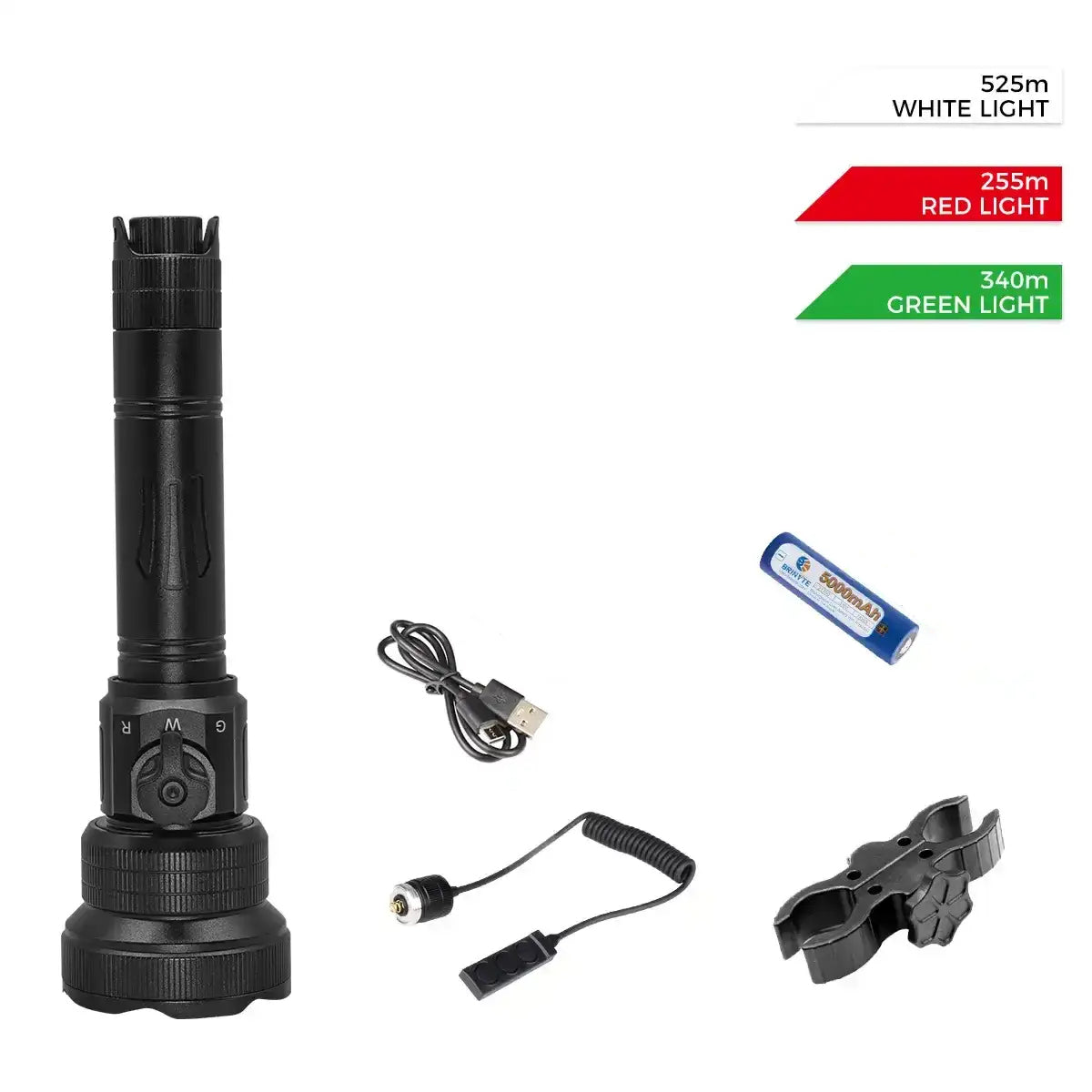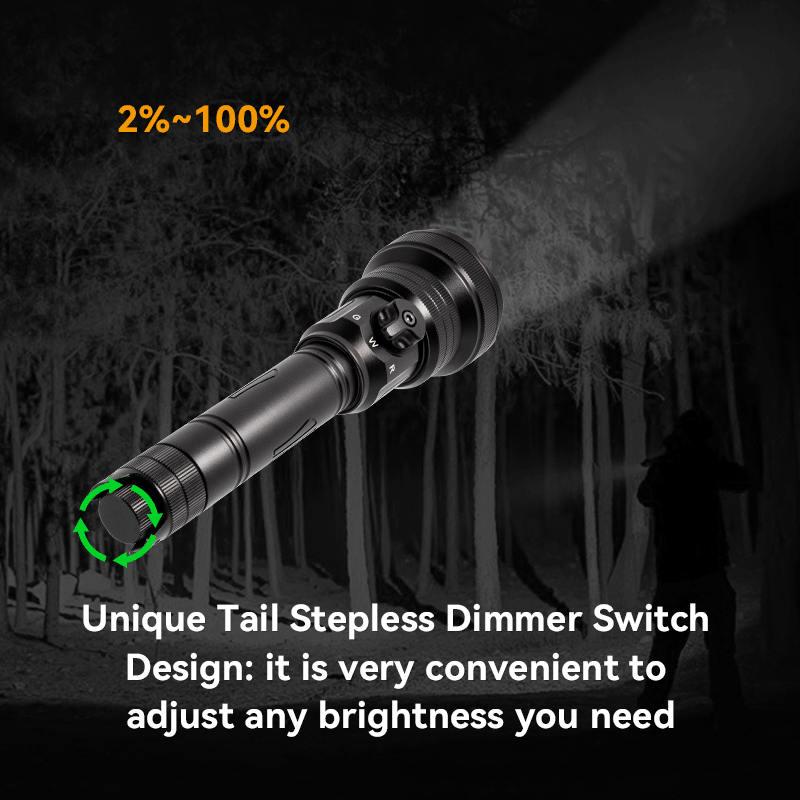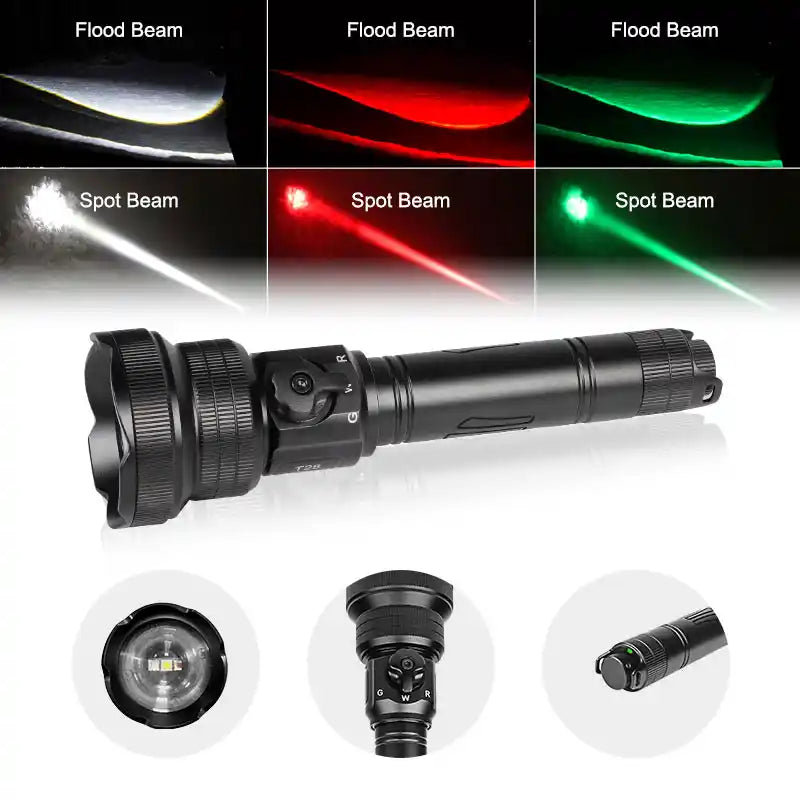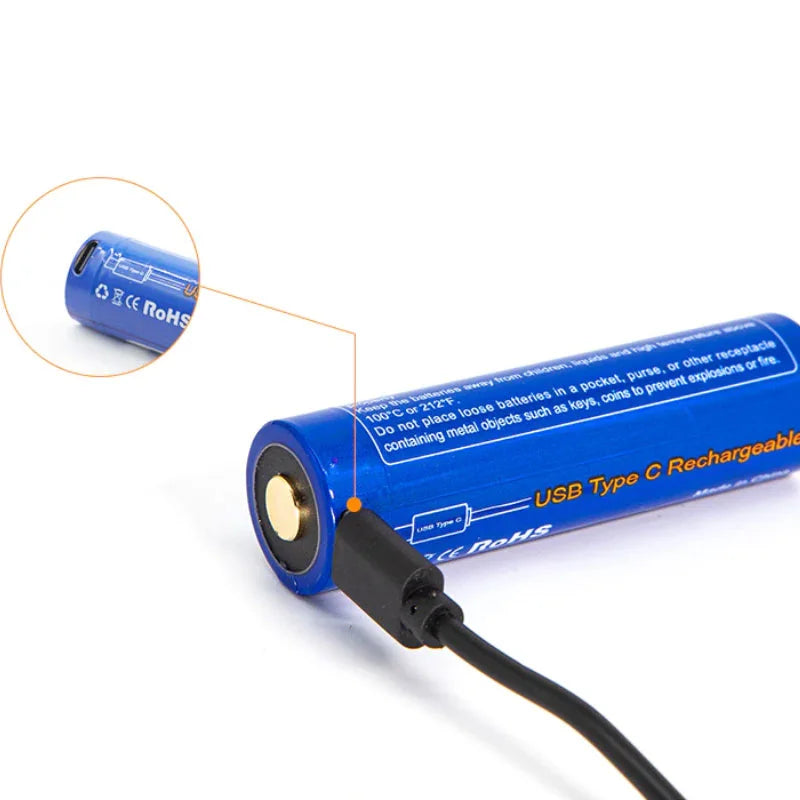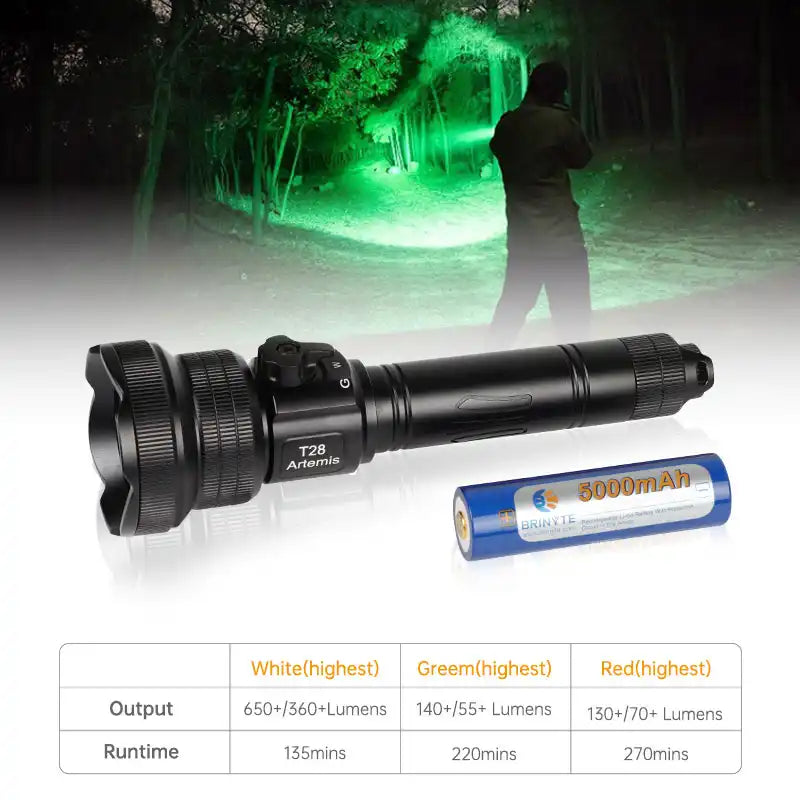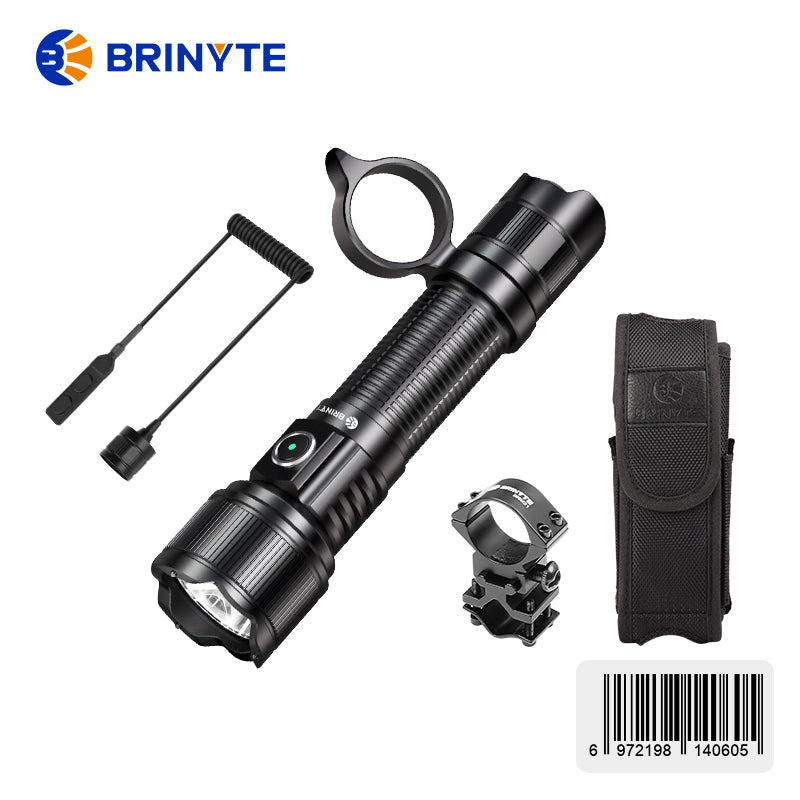In the realm of outdoor pursuits, predator hunting stands out as a challenging and exhilarating activity that demands a unique set of skills, strategies, and equipment. Among the tools at the disposal of avid hunters, the use of red light has gained prominence for its effectiveness in certain scenarios. This article delves into the art and science of predator hunting, exploring the role of red light and how it enhances the overall hunting experience.
The Thrill of Predator Hunting
The Hunt for Elusive Predators
Predator hunting involves pursuing elusive and often cunning animals such as coyotes, foxes, and bobcats. Unlike some traditional hunting, which requires patience in waiting for game to approach, predator hunting is an active pursuit that demands a deep understanding of animal behavior.
Challenges and Strategies
Predators possess keen senses and are wary of their surroundings, making them challenging targets. Successful predator hunting requires a combination of stealth, knowledge of terrain, and the use of effective tools and techniques.
Tools of the Trade: Lights in Predator Hunting
The Role of Light in Hunting
Light plays a pivotal role in hunting, especially in low-light conditions or during the night. While traditional flashlights have been widely used, the introduction of specialized lights, including those with a red hue, has revolutionized predator hunting.
Red Light for Predator Hunting
Red light has proven to be particularly advantageous in certain hunting scenarios. The use of red light is associated with several benefits, including reduced visibility to predators, preservation of night vision, and the ability to spot reflective eyes without alerting the quarry.
Advantages of Red Light in Predator Hunting
Reduced Visibility to Predators
Predators, especially nocturnal ones, are less sensitive to red light compared to other colors. This reduced sensitivity minimizes the chances of alerting the animals to the presence of the hunter, providing a strategic advantage.
Preservation of Night Vision
Unlike bright white lights that can temporarily impair night vision, red light allows hunters to maintain better visibility in low-light conditions without sacrificing their ability to see in the dark.
Spotting Reflective Eyes
Predators often exhibit eyeshine, a phenomenon where their eyes reflect light. Red light is effective in illuminating this reflective eyeshine, aiding hunters in spotting and identifying targets without startling them.
Choosing the Right Red Light for Predator Hunting
Adjustable Intensity
Optimal red lights for predator hunting often feature adjustable intensity settings. This flexibility allows hunters to adapt to different conditions and tailor the brightness of the light to their specific needs.
Long Battery Life
Long battery life is crucial for extended hunting sessions. Red lights with efficient power consumption ensure that hunters can rely on their equipment throughout the night without frequent battery changes.
Durability and Weather Resistance
Given the rugged nature of hunting environments, the durability and weather resistance of red lights are essential factors. High-quality materials and waterproof designs contribute to the reliability of the equipment.
Techniques for Effective Predator Hunting with Red Light
Scanning the Terrain
The use of red light for scanning the terrain allows hunters to identify potential targets while minimizing the risk of alarming the predators. Slow, deliberate movements help maintain stealth.
Setting Up Decoys
Strategic placement of decoys combined with the use of red light can attract curious predators. Red light enhances the visibility of the decoy without causing unnecessary disturbance.
Precision Shots
When it comes time to take the shot, the use of red light ensures precision without compromising night vision. Hunters can line up their sights accurately while keeping the quarry unaware of their presence.
Red Light and Ethical Hunting Practices
Responsible Engagement
Ethical hunting practices involve responsible engagement with wildlife. The use of red light contributes to ethical hunting by minimizing stress on the animals and reducing the likelihood of causing unnecessary harm.
Conservation and Population Management
Predator hunting, when conducted ethically, plays a role in conservation and population management. Red light aids in targeted and selective hunting, contributing to the overall health of ecosystems.
The Evolution of Hunting Technology
Integration of Technology
Modern hunting has seen a significant integration of technology, from advanced optics to trail cameras and specialized lights. The use of red light exemplifies how technology enhances the effectiveness and ethics of hunting practices.
Responsiveness to Environmental Concerns
As hunters embrace technological advancements, there is a growing awareness of the need to balance the pursuit of outdoor activities with environmental conservation. Red light, with its minimal impact on wildlife, aligns with this environmentally conscious approach.
Predator hunting, with its blend of skill, strategy, and respect for nature, stands as a unique pursuit within the realm of outdoor activities. The integration of red light into the hunting toolkit represents a thoughtful evolution, offering hunters a tool that aligns with both the challenges of the hunt and the ethical considerations of engaging with wildlife. As technology continues to shape the landscape of outdoor pursuits, responsible predator hunting with tools like red light ensures a harmonious coexistence between hunters and the natural world. In the quest for the thrill of the hunt, the judicious use of red light becomes a beacon of responsible and effective predator hunting practices.
The Thrill of Predator Hunting
The Hunt for Elusive Predators
Predator hunting involves pursuing elusive and often cunning animals such as coyotes, foxes, and bobcats. Unlike some traditional hunting, which requires patience in waiting for game to approach, predator hunting is an active pursuit that demands a deep understanding of animal behavior.
Challenges and Strategies
Predators possess keen senses and are wary of their surroundings, making them challenging targets. Successful predator hunting requires a combination of stealth, knowledge of terrain, and the use of effective tools and techniques.
Tools of the Trade: Lights in Predator Hunting
The Role of Light in Hunting
Light plays a pivotal role in hunting, especially in low-light conditions or during the night. While traditional flashlights have been widely used, the introduction of specialized lights, including those with a red hue, has revolutionized predator hunting.
Red Light for Predator Hunting
Red light has proven to be particularly advantageous in certain hunting scenarios. The use of red light is associated with several benefits, including reduced visibility to predators, preservation of night vision, and the ability to spot reflective eyes without alerting the quarry.
Advantages of Red Light in Predator Hunting
Reduced Visibility to Predators
Predators, especially nocturnal ones, are less sensitive to red light compared to other colors. This reduced sensitivity minimizes the chances of alerting the animals to the presence of the hunter, providing a strategic advantage.
Preservation of Night Vision
Unlike bright white lights that can temporarily impair night vision, red light allows hunters to maintain better visibility in low-light conditions without sacrificing their ability to see in the dark.
Spotting Reflective Eyes
Predators often exhibit eyeshine, a phenomenon where their eyes reflect light. Red light is effective in illuminating this reflective eyeshine, aiding hunters in spotting and identifying targets without startling them.
Choosing the Right Red Light for Predator Hunting
Adjustable Intensity
Optimal red lights for predator hunting often feature adjustable intensity settings. This flexibility allows hunters to adapt to different conditions and tailor the brightness of the light to their specific needs.
Long Battery Life
Long battery life is crucial for extended hunting sessions. Red lights with efficient power consumption ensure that hunters can rely on their equipment throughout the night without frequent battery changes.
Durability and Weather Resistance
Given the rugged nature of hunting environments, the durability and weather resistance of red lights are essential factors. High-quality materials and waterproof designs contribute to the reliability of the equipment.
Techniques for Effective Predator Hunting with Red Light
Scanning the Terrain
The use of red light for scanning the terrain allows hunters to identify potential targets while minimizing the risk of alarming the predators. Slow, deliberate movements help maintain stealth.
Setting Up Decoys
Strategic placement of decoys combined with the use of red light can attract curious predators. Red light enhances the visibility of the decoy without causing unnecessary disturbance.
Precision Shots
When it comes time to take the shot, the use of red light ensures precision without compromising night vision. Hunters can line up their sights accurately while keeping the quarry unaware of their presence.
Red Light and Ethical Hunting Practices
Responsible Engagement
Ethical hunting practices involve responsible engagement with wildlife. The use of red light contributes to ethical hunting by minimizing stress on the animals and reducing the likelihood of causing unnecessary harm.
Conservation and Population Management
Predator hunting, when conducted ethically, plays a role in conservation and population management. Red light aids in targeted and selective hunting, contributing to the overall health of ecosystems.
The Evolution of Hunting Technology
Integration of Technology
Modern hunting has seen a significant integration of technology, from advanced optics to trail cameras and specialized lights. The use of red light exemplifies how technology enhances the effectiveness and ethics of hunting practices.
Responsiveness to Environmental Concerns
As hunters embrace technological advancements, there is a growing awareness of the need to balance the pursuit of outdoor activities with environmental conservation. Red light, with its minimal impact on wildlife, aligns with this environmentally conscious approach.
Predator hunting, with its blend of skill, strategy, and respect for nature, stands as a unique pursuit within the realm of outdoor activities. The integration of red light into the hunting toolkit represents a thoughtful evolution, offering hunters a tool that aligns with both the challenges of the hunt and the ethical considerations of engaging with wildlife. As technology continues to shape the landscape of outdoor pursuits, responsible predator hunting with tools like red light ensures a harmonious coexistence between hunters and the natural world. In the quest for the thrill of the hunt, the judicious use of red light becomes a beacon of responsible and effective predator hunting practices.



